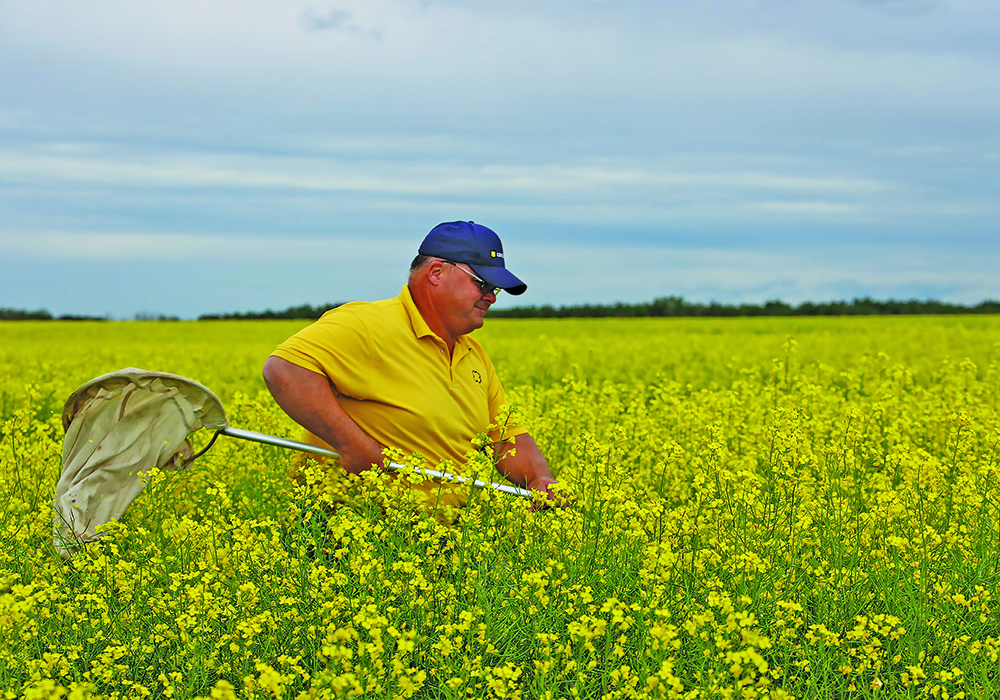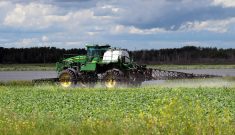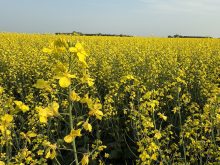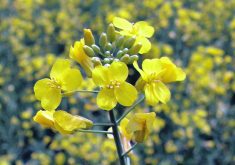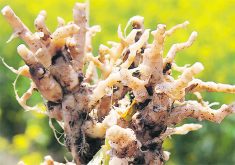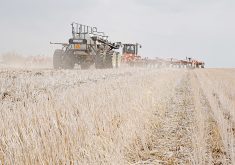Researchers are trying to figure out what caused some canola crops to abort flowers and pods, and develop malformed racemes or stems during the last two years.
“It’s not an obvious symptomology that you would spot from the road, or that it’d be easy to pick up,” said Keith Gabert, an agronomy specialist with the Canola Council of Canada. “But if you’re going out to your canola fields and looking at the first flowers as they emerge, you’re looking at them and saying, ‘gee, these don’t look very healthy’.”
Read Also

Final crop reports show strong yields, quality
Crops yielded above average across the Prairies this year, and quality is generally average to above-average.
Other stories in the 2023 Canola Yearbook:
- Decent yields in dry times
- Canola views – photo essay
- Canola growing season in review
- Spraying in dry times can be tricky
- Flying the fields
- Incorporating resistant traits weighs on yields
- Production briefs
- Pest roundup: Canola pests kept in check by dry conditions
- Disease roundup: Verticillium has breakout year
- Canola news briefs
- Canola growers scramble to address federal policy issues
- What happens when the big crop comes?
- Bids tumble but canola demand is firm
Canola growers ranging from British Columbia to Manitoba reported aborted flowers and empty racemes in 2022.
The council’s agronomy team said the failure to flower and lack of normal pod development last year was caused by plants experiencing a hormone imbalance following early season environmental stress.
Gabert said the symptoms appeared in 2022 in central Alberta and were centred on the Acme and Linden areas. It roughly extended from north of Calgary and east from Highway 2 to the Drumheller area.
Although the symptoms appeared in canola again this year, they did not seem to be distributed in the same manner, said Gabert.
“We’ve had a couple of comments or concerns or questions with similar symptoms, but nothing as localized as 2022, which I think is good news,” he said.
“But at the same time, we still chalk it up to a hormone imbalance and the fact that the crop is reacting to previous stresses in the environment.”
This winter researchers will try to duplicate the symptoms in a lab.
“You can find them in the field, you can take pictures of them, you can look back to the weather patterns and try to draw some conclusions, but it would be I think valuable when we attempt to do that over the winter to try to mimic those conditions and see if they can be repeated in similar environments.”
The canola growers Gabert spoke to in 2022 agreed it definitely wasn’t heat that caused the symptoms. Their fields instead experienced unseasonably dry conditions starting in May that lasted until about the end of the first week in June, at which point their crops received more than enough moisture in most areas, he said.
“I think about the only thing that I would speculate on at this point is that canola might have a little longer memory than I gave it credit for in the past.”
Contact doug.ferguson@producer.com


